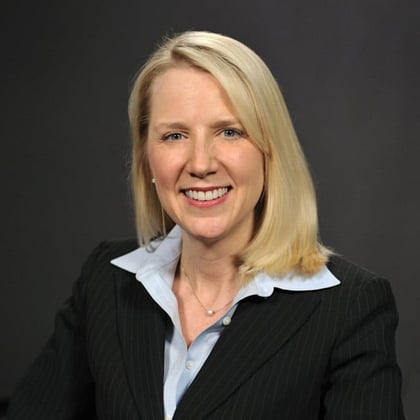What You Need to Know
- Retirees can reinvest their RMDs, Benz points out.
- Retirees can use different strategies to reduce RMDs and overall retirement asset withdrawals.
- A large age gap between spouses may come into play for a retiree's RMD reinvestment strategy.
Retirees worried that required minimum distributions could jeopardize their financial well-being should keep in mind they don’t have to spend the money withdrawn from their retirement plans and can put it back to work in their portfolios.
“You have to take the distribution but you can reinvest it!” Christine Benz, Morningstar’s director of personal finance and retirement planning, recently told ThinkAdvisor via email, expanding on a column she wrote on retirement account withdrawal rates.
The U.S. government requires owners of tax-deferred retirement accounts — traditional IRAs and employer-sponsored retirement plans — to take minimum distributions, or RMDs, each year starting at 72 years old, based on calculations related to account balances and age.
It’s possible but unlikely that RMDs would cause a retiree to prematurely deplete assets, according to Benz, who frequently receives questions from people wondering about that possibility.
“The mandatory withdrawals … are called required minimum distributions, not required minimum spending,” she wrote in her column. “Yes, you have to take the money out of the tax-deferred account and pay taxes on it, but there’s nothing saying you can’t reinvest the funds back into your portfolio,”
Where to Reinvest
Among other options, people with earned income could place the withdrawn money into a Roth IRA. Retirees also could invest the funds in a taxable brokerage account, directing it into tax-efficient ETFs, Benz wrote. Adding municipal bonds to taxable accounts often makes sense as well for higher-income, higher-tax people who want bonds, she told ThinkAdvisor; their yields may be higher than taxable bonds once the tax effects are taken into account.
In addition, older Americans can limit their overall retirement-fund withdrawals by curbing the amounts they remove from Roth IRAs and other accounts where RMDs don’t apply, she added.
In today’s environment, with high inflation, rising interest rates and volatile markets, exactly what retirement-age people do with RMD assets depends on factors such as their personal risk profiles and investment allocations, Benz told ThinkAdvisor.
“I would let the individual situation and asset allocation parameters dictate a) where to pull the RMDs from within the IRA and b) how to reinvest any RMD proceeds,” she said. “If a retiree is reinvesting into a taxable portfolio — as is often the only option for people who don’t have earned income — it’s wise to focus on tax-efficient investments like equity exchange traded funds for stock exposure and municipal bonds for fixed income exposure.”
When considering RMD strategies, the age gap between spouses may come into play as well.
Benz suggested that couples with a significant age gap consider taking a conservative approach to spending their RMDs and reinvest more than they would otherwise. “It depends on the situation but that would be the safe way to proceed,” she said.









 July 19, 2022 at 11:51 AM
July 19, 2022 at 11:51 AM










